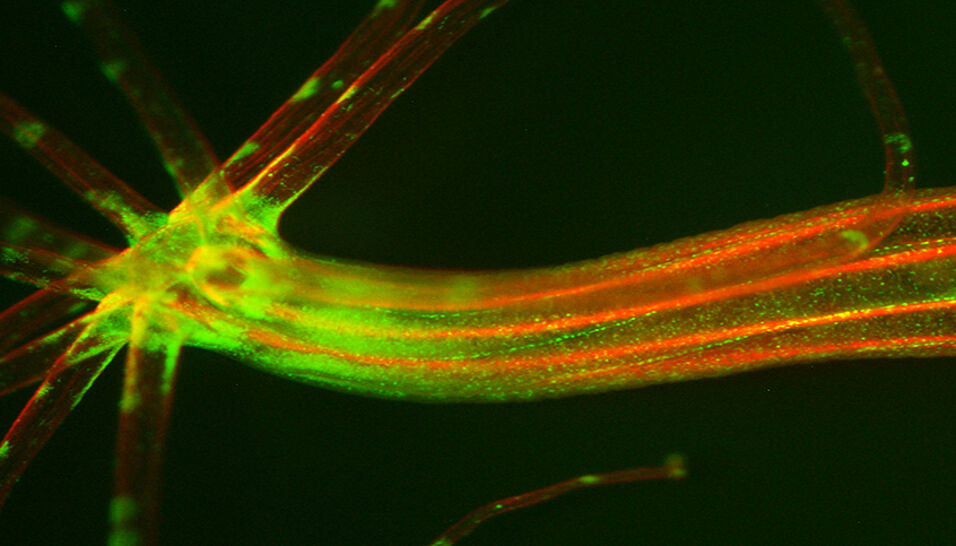The scientists investigated cells in early stages of gastrulation of a sea anemone (Nematostella vectensis). "These are creatures that split off about 600 million years ago, they actually form a kind of sister group to almost all other animals, meaning that what they find in them and in humans must have been the last common ancestor," said Uli Technau to the APA. If anything has changed genetically since then, it must therefore be central to organisms. In addition, the animals are simple in construction, but their genome is surprisingly complex and "has many genes in common with humans." [read more]
Anastasia Kirillova, Grigory Genikhovich, Ekaterina Pukhlyakova, Adrien Demilly, Yulia Kraus, and Ulrich Technau: Germ layer commitment and axis formation in sea anemone embryonic cell aggregates, PNAS 2018; published ahead of print February 9, 2018, https://doi.org/10.1073/pnas.1711516115

